I am making a practical audio amplifier with Input from the mobile headphone jack(though here it is a sine wave) . My speaker is Rl with resistance 8ohm and 0.5W. So, I made one on multisim (photos attached). Now, when I have made it on the breadboard, but now there is no voltage across the speaker. What is wrong in my amp?

Edit : sorry for the late reply. I have taken my idea of the amplifier from this site: http://jamesoid.com/class_a+ab_amplifier_project/class_a+ab_amplifier.html So is this design correct?